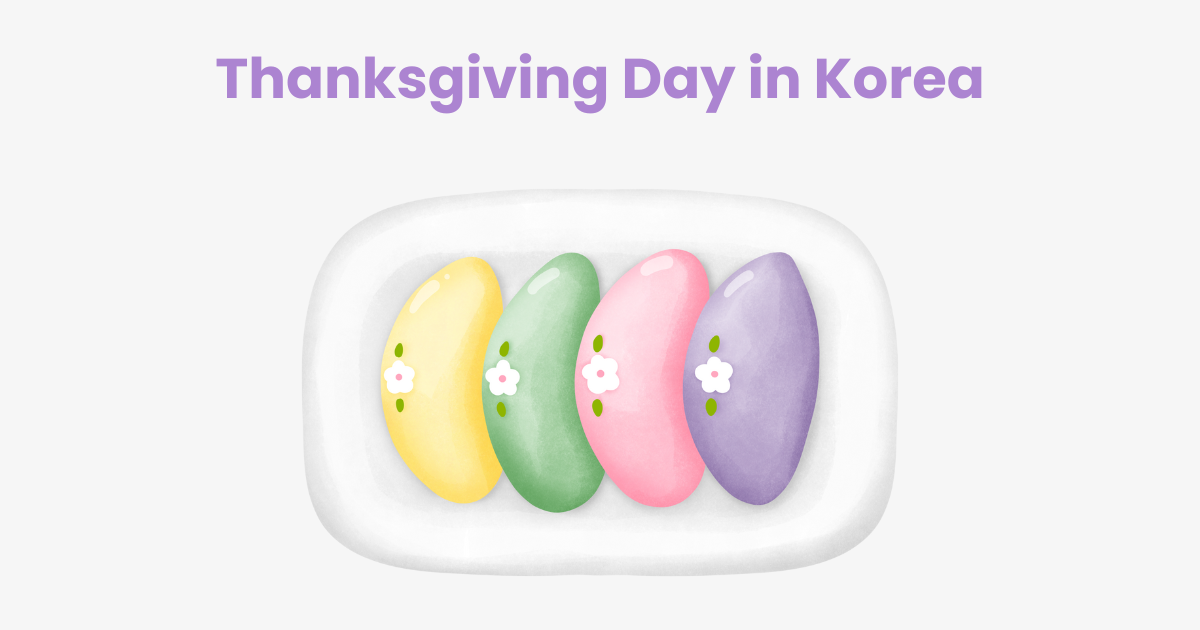Welcome to South Korea, renowned as the “Land of Kimchi” and adorned with the delicate beauty of cherry blossoms. In this article, we are together exploring Chuseok, Thanksgiving Day in Korea, where each tradition becomes a thread connecting the present generation to the profound tapestry of Korean culture.
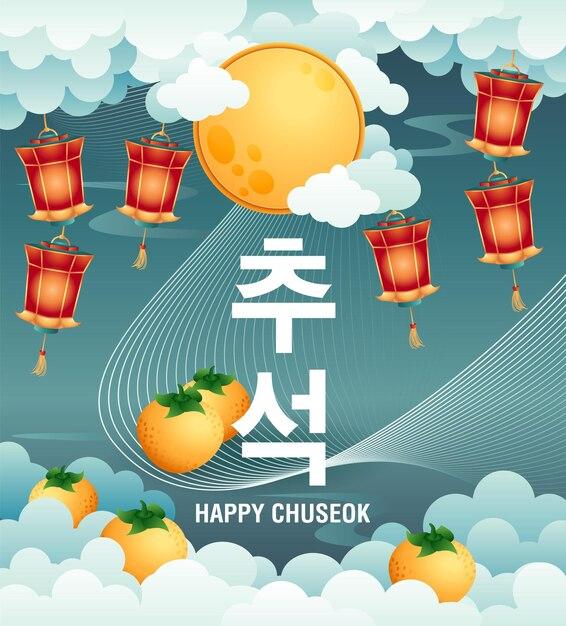
Table of Contents
What is Thanksgiving Day in Korea?
Beside the Lunar New Year Seollal, the Thanksgiving Day in Korea, is often called “Chuseok” which is one of the biggest traditional days of Korea. During Chuseok, families come together to pay respects to their ancestors by visiting ancestral graves, performing ancestral rites, and sharing traditional food. It is a time for expressing gratitude for the harvest and spending time with family.
When Is Thanksgiving In Korea Celebrated?
Chuseok usually takes place in late September or early October, depending on the lunar calendar.

Some Fun Facts about Chuseok?
These traditions and gift sets collectively represent the cultural richness of Korea, where expressions of respect for ancestors, agricultural practices, and the exchange of thoughtful gifts play integral roles in celebrations and social connections.
#1. Charye – 차례
Charye (차례) is a cherished and time-honored Korean tradition, a ritual deeply rooted in familial respect and connection to ancestors. During Charye, families come together to create a sacred space by arranging an ancestral ritual table. This table is adorned with a thoughtful selection of offerings, which typically include an array of foods, fruits, and symbolic items. The purpose of this elaborate ceremony is to pay homage and show profound respect to deceased ancestors.
#2. Beolcho – 벌초
The term refers to the early ploughing of fields in preparation for planting crops. Beyond its agricultural roots, Beolcho is often used metaphorically to symbolize the initiation of new beginnings and ventures. It embodies the spirit of embarking on a fresh journey, making it a term that resonates not only in traditional farming practices but also in various modern contexts where the idea of laying the groundwork for future endeavors is relevant.
#3. Korean Spam Gift Set
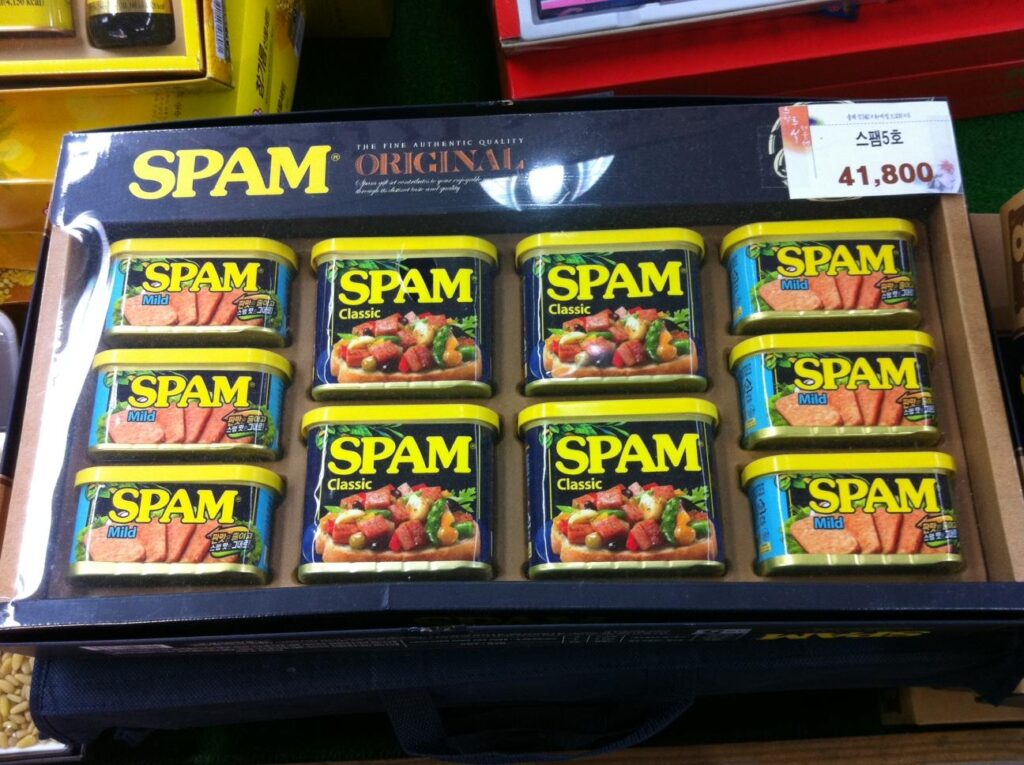
The Korean Spam Gift Set has become a delightful and popular tradition, particularly during festive seasons such as Chuseok. These gift sets feature Spam, a canned meat product, as a central element, accompanied by an assortment of complementary items. They are gestures of goodwill and celebration, strengthening social bonds and expressing warm sentiments.
#4. Meat Sets
Meat Sets represent a delightful tradition during holidays and special occasions in Korea. These gift sets often showcase an impressive variety of meats, including premium cuts carefully curated for the occasion. Whether intended for festive cooking or barbecue gatherings, Meat Sets symbolize abundance and shared joy, making them a thoughtful and appreciated gesture during celebratory times.
#5. Fruit baskets
Fruit Baskets hold a special place in Korean gift-giving traditions. These baskets, adorned with an assortment of fresh fruits, are versatile and thoughtful presents. Given during holidays, celebrations, or as expressions of well-wishes, Fruit Baskets symbolize not only the sweetness of fresh produce but also health, abundance, and prosperity.
5 Most Common Activities On Thanksgiving Day In Korea
These activities collectively create a sense of togetherness, cultural connection, and gratitude during the Chuseok celebrations.
Seongmyo (성묘)
During Chuseok, families go to their ancestors’ hometowns to visit their graves. They clean and decorate the burial sites, show respect, and offer food in a special way. It’s a time to remember and honor those who came before them.
Hanbok (한복) Wearing
On Chuseok, many Koreans wear hanbok, their traditional clothing. It’s not just a fashion choice; it’s a way to celebrate the holiday with pride in their culture and a connection to the past. Hanbok represents the ongoing cultural story of Korea.
Songpyeon Making
Chuseok brings families together to make songpyeon, special crescent-shaped rice cakes. It’s a fun activity where everyone joins in, sharing stories and laughter. Making songpyeon is a special way to connect with tradition while creating new memories.
Ganggangsullae (강강술래)
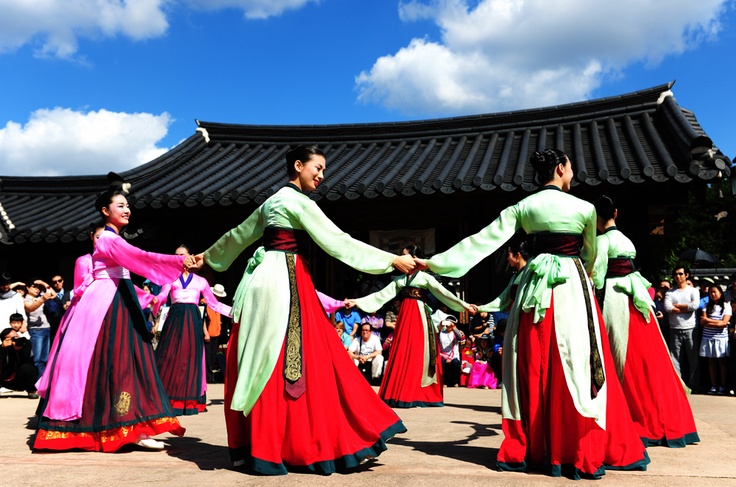
When the moon is bright during Chuseok, people join in the traditional circle dance called Ganggangsullae. Women form a big circle, sing, and dance, creating a joyful atmosphere. It’s a way to celebrate unity and community spirit under the moonlight.
Folk Games
Chuseok is not just about traditions; it’s also about having fun with old games. There’s archery (Gukgung), where you show off your aim, Ssireum, a friendly wrestling match, and Yutnori, a board game filled with laughter. These games add excitement to Chuseok, making it a time of joy and friendly competition.
You May Also Like:
- Seollal Holiday: All You Need To Know About Korean Lunar New Year
- Meaning Of Thanksgiving Day
What Food Is Eaten On Thanksgiving Day In Korea?
During Chuseok, families gather to pay respects to their ancestors, and there are specific foods associated with the holiday. Some traditional Chuseok foods include:
Songpyeon
Central to Chuseok culinary traditions is Songpyeon, delightful crescent-shaped rice cakes filled with a variety of sweet fillings like honey, red bean paste, or sesame seeds. The process of making Songpyeon is a cherished family activity, fostering a sense of togetherness and passing down culinary heritage.
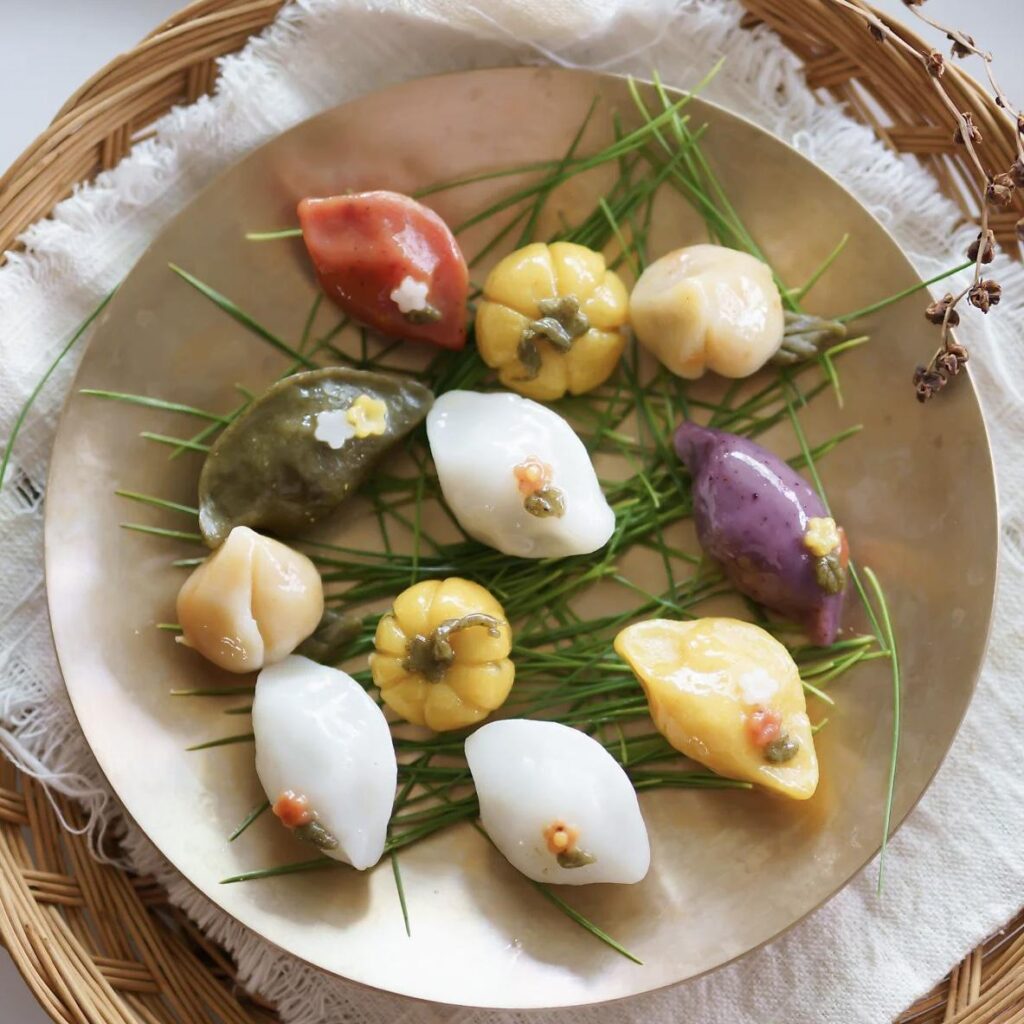
Japchae
Japchae, a delectable dish of stir-fried glass noodles, vegetables, and occasionally beef, graces Chuseok tables with its vibrant colors and savory goodness. It represents the meticulous care and attention to detail that goes into creating a memorable holiday meal.
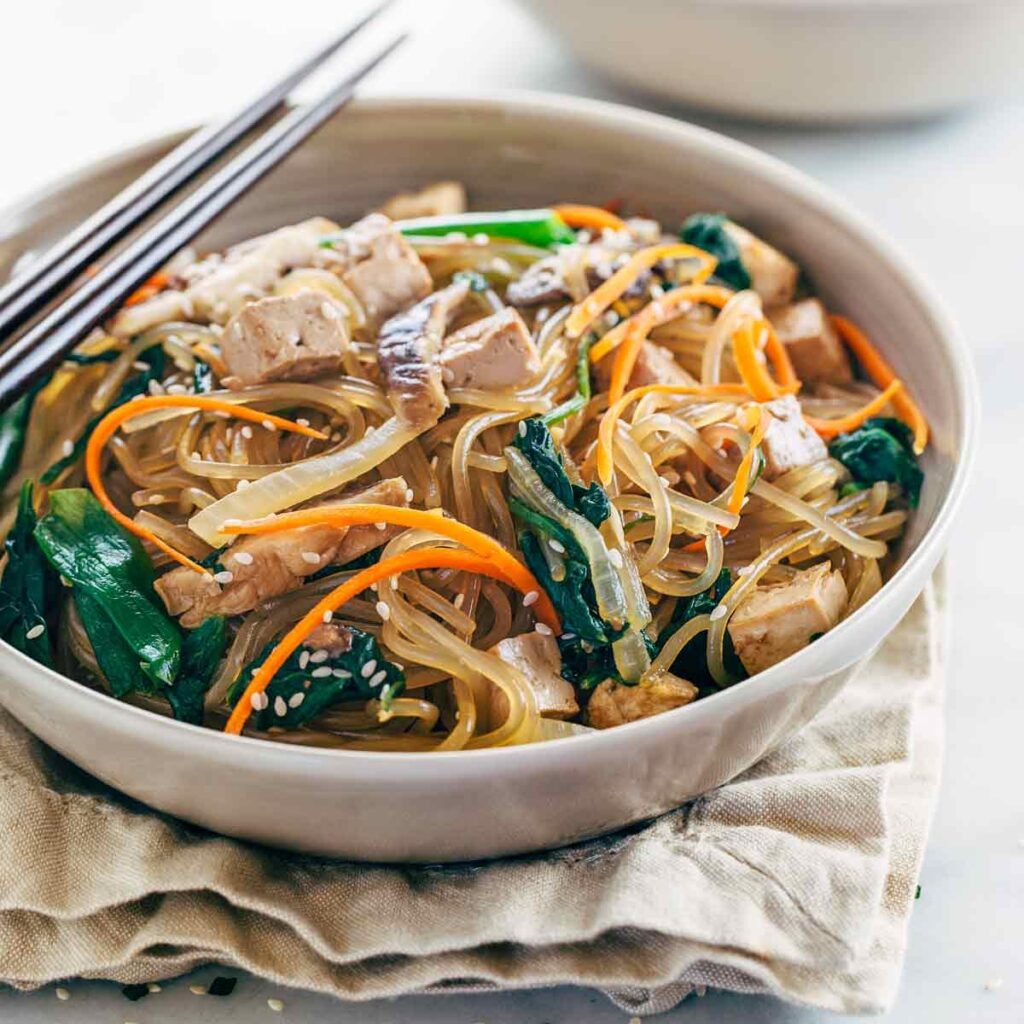
Jeon
This is a medley of Korean pancakes featuring ingredients such as vegetables, seafood, or meat, graces Chuseok tables with a savory and satisfying touch. These flavorful pancakes are a testament to the diversity of Korean cuisine and the joy of sharing a communal meal.
Hangwa
The celebration extends to Hangwa, an assortment of traditional Korean confectionery. The holiday season sees the indulgence in yakgwa, honey cookies with a rich flavor profile, and dasik, intricately pressed sweet cookies, adding an element of sweetness to the festivities.
How To Say “Happy Chuseok”?
To say “Happy Chuseok” in Korean, you can use the phrase! These expressions offer friendly and warm wishes for a happy and enjoyable Chuseok celebration.
- 추석 즐거운 시간 되세요 (Chuseok jeulgeoun sigan doeseyo): Have a fun time during Chuseok!
- 추석 행복하세요 (Chuseok haengbokhaseyo): Be happy on Chuseok!
- 추석 즐겁게 보내 (Chuseok jeulgeopge bonae): Enjoy Chuseok!
- 추석 재미있게 보내세요 (Chuseok jaemiitge bonaeseyo): Have a fun Chuseok!
- 추석 즐겁게 보내길 바라요 (Chuseok jeulgeopge bonaegil barayo): Wishing you a joyful Chuseok!
Key Takeaways
In essence, Chuseok, the Korean Thanksgiving Day, is a celebration deeply rooted in family, tradition, and cultural pride. From honoring ancestors to wearing traditional hanbok, making songpyeon, and enjoying lively folk games, Chuseok encapsulates gratitude, unity, and festivity, connecting generations with Korea’s rich heritage.
More tips and advice about events? Pick an event that you’re concerned with, and we’ll give you a helping hand!
💡Don’t forget to create a fun Thanksgiving Day in Korea with a trivia quiz. It is the best occasion to gather your friends and family. After having a delicious meal, stay together and explore more interesting facts and the holiday with a trivia quiz. AhaSlides is one of the best free quiz makers, where everyone can access and interact with the quiz in real-time.
FAQs
How long does Thanksgiving Day in Korea last?
Korean Thanksgiving, known as Chuseok, typically lasts for three days. The exact dates of Chuseok vary each year as it is based on the lunar calendar, but it usually falls in late September or early October.
What is the biggest holiday in Korea?
The biggest holiday in Korea is often considered to be Seollal, which is the Korean Lunar New Year. Seollal is another major traditional holiday in Korea, and like Chuseok, it is based on the lunar calendar. During Seollal, families gather to celebrate the new year, pay respects to ancestors, and participate in various cultural activities. While both Chuseok and Seollal are significant, the title of the “biggest holiday” can vary based on personal preferences and regional influences.
What Korean holiday is similar to Thanksgiving?
Chuseok in Korea shares similarities with American Thanksgiving, as both involve family gatherings, expressing gratitude, and enjoying special meals. However, the cultural and historical backgrounds are distinct.
What is the difference between Korean and American Thanksgiving?
The main differences between Korean and American Thanksgiving lie in the cultural and historical contexts, traditional foods, and the specific ways each holiday is celebrated. While both emphasize gratitude and family, the customs and rituals associated with each occasion are unique to their respective cultures.
Ref: asiasociety
